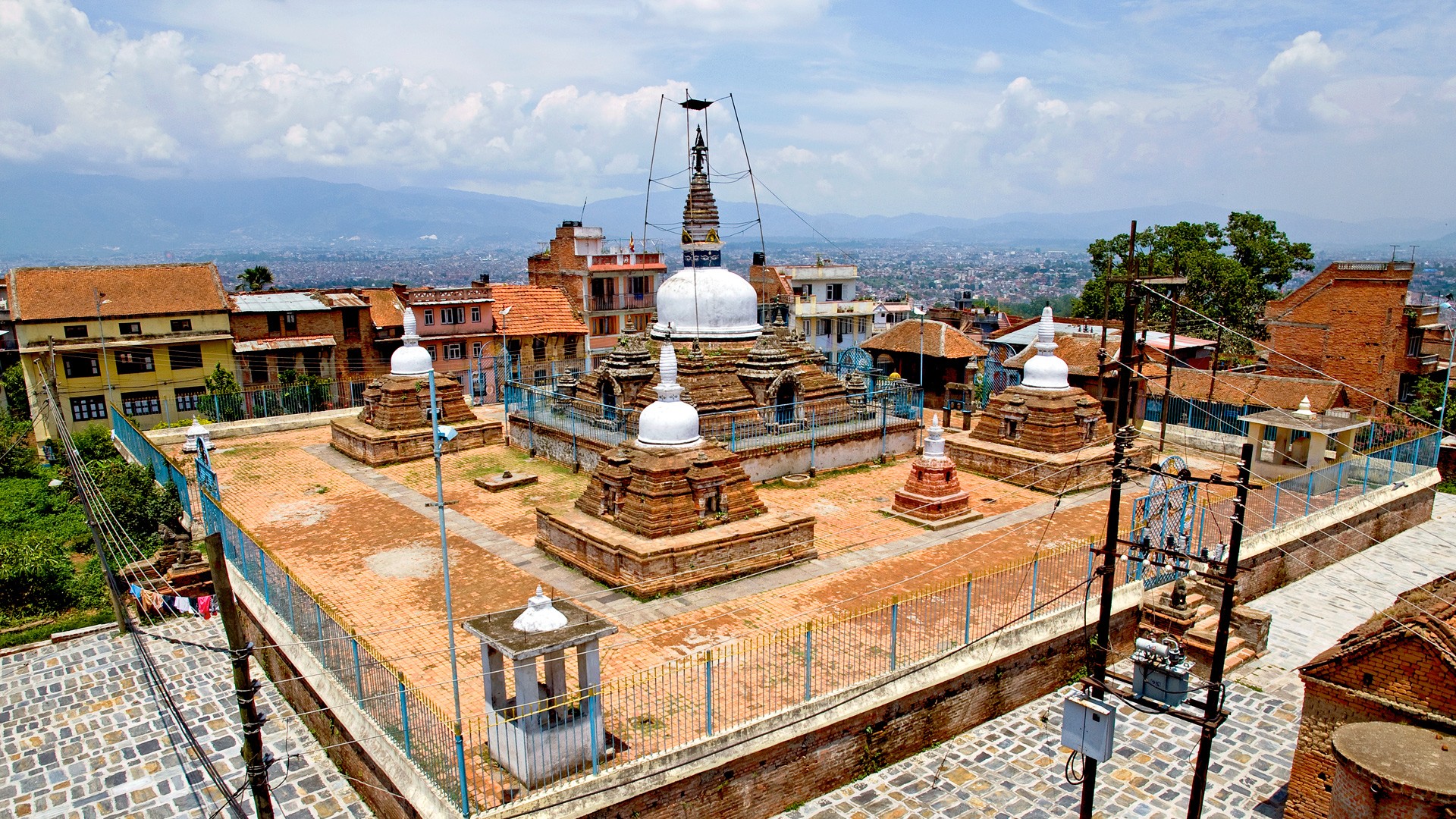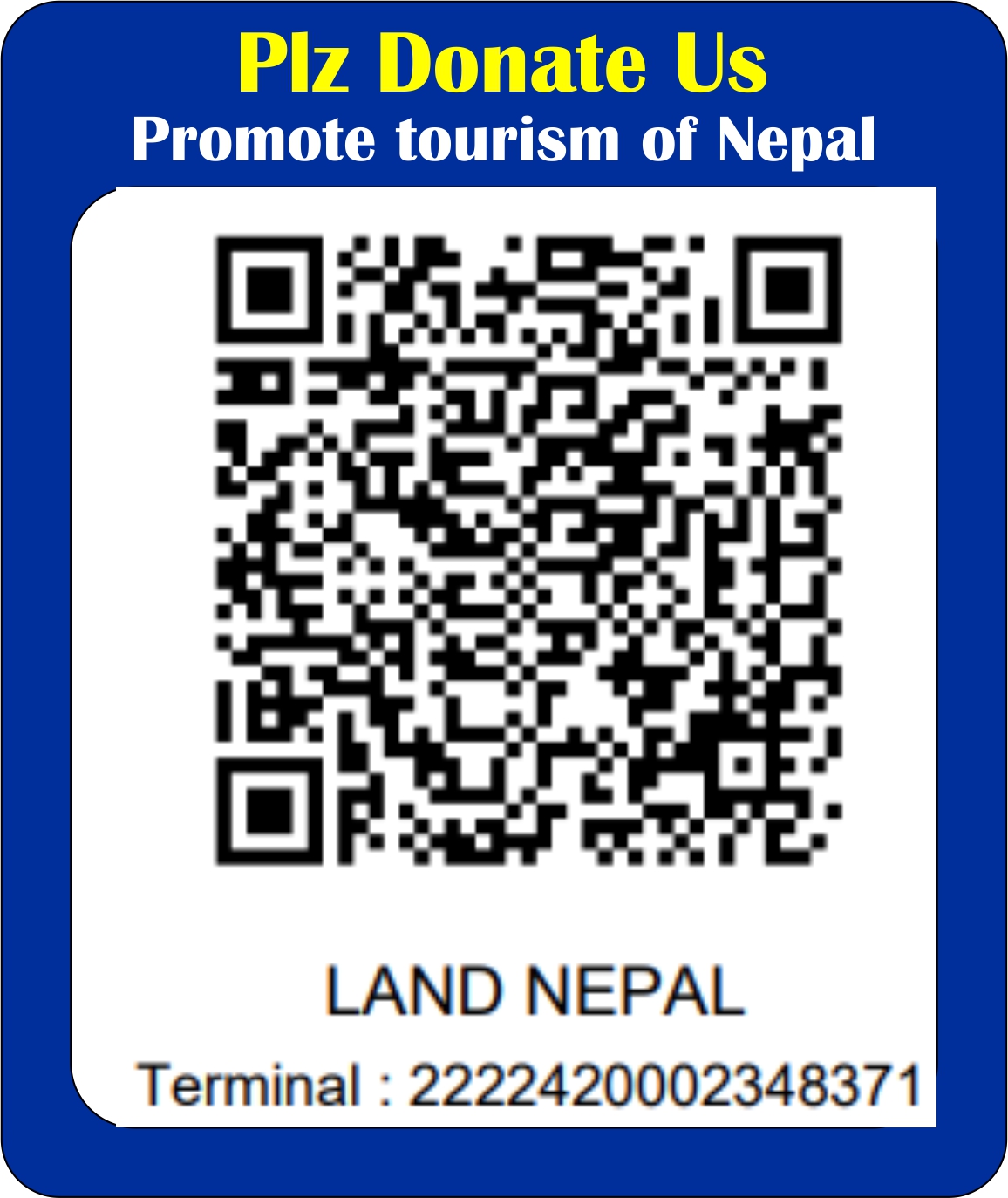In the history of Nepal, Kirtipur is a historical city moving forward in its own separate existence. The historic Kirtipur Nagar, the main settlement of the Newar castes, was established on Chaitra 14, 2053 BS in the then eight VDCs i.e., (Laiku, Chitu Bihar, Paliphal, Bahiri Gaon, Panga Bishnu Devi, Panga Balkumari, Chobhar Bhutkhel and Champadevi) have been formed as per the Municipal Act, 2048 BS. Rich in art and culture since ancient times, this city of Kirtipur has been participating in every step of building modern Nepal. On the other hand, Kirtipur has been playing a significant role in every democratic movement.
The total area of this Kirtipur municipality is 14.76 sq. Km. According to the National Census of 2068 BS, the total population of Kirtipur is 65,602, of which 36,476 are males (55.50 percent) and 29,126 are females (44.50 percent). The telephone code no. of Kirtipur is 01. The city of Kirtipur is bounded on the north by Kathmandu Metropolitan City, on the south by Dakshinkali Municipality, on the east by Bagmati River and Lalitpur Metropolitan City, and on the west by Chandragiri Municipality. The Kirtipur Municipality has touched the northern strip of Kathmandu Ring Road and is less than a kilometre away from Dakshinkali.
History
The settlement in Kirtipur had been developed since the Gopal dynasty. While writing about the origin of Pashupati, it is mentioned that a cow named ‘Bahurrahi’ of the herdsmen in Kirtipur used to go to offer milk every day. Kirtipur was the largest ancient city in the Kathmandu Valley after Kantipur, Lalitpur and Bhaktapur. Due to its geographical location, even Prithvinarayan Shah had to spend a lot of money, people, and time to conquer this city.
Kirtipur was the territory of Lalitpur before it was invaded by Gorkhali King Prithvi Narayan Shah in the 18th century. Kirtipur was annexed by Prithvi Narayan Shah on his third attempt in 1767. In the battle of Kirtipur, the Prithvi Narayan Shah’s favourite general, Kalu Pande was killed. 2006 mass movement of the people was also organized by the residents of Kirtipur. It was regarded as an anti-monarchy city because of its dark history against the Shah Dynasty.
Attractions of Kirtipur
Uma Maheshwar, Nagar Mandap Shri Kirti Bihar, Panga, Chobhar, Bhajangal, Toudah (largest lake in Kathmandu), Tangla Phant, Champadevi, Nagaon, Salyansthan, Naya Bazaar and Bhatkyapati are the major places in this city. There is also a famous temple of Bagh Bhairav here. Nepal’s first and largest university, Tribhuvan University, is also located in this city.
The main traditional festivals in Kirtipur are Gathanmugah, Github Yakh, Indrayanijatra, Gaijatra and Dashain-Tihar. The Tiger Bhairav, Uma Maheshwar, Narayan Saraswati and Indrayani temples of this city are notable examples of architecture while Lodengah, Shakyamuni Buddha Temple, Lokeshwar temple are excellent examples of peak style. Similarly, Chilancho is famous in Chaityas.
Natural Beauty
Kirtipur is one of the most popular and famous religious places to visit in Nepal. Travelers visit this city to explore the natural environment and holy temples. This city was listed as a UNESCO site in 2008 BS.
If you ever want to get away from the noise and distraction of the city area, then Kirtipur is the nearest and bestest option. You can hike up to nearby hilltops such as Champa Devi and refresh your mind. Hiking to Champa Devi offers you the splendid views of the Himalayas and Kathmandu valley. Besides this, cycling in Kirtipur is another perfect choice if you want to get lost in this city. Biking enthusiasts can develop their biking skills while enjoying the surroundings. Likewise, ethnic dishes found in the restaurants of Kirtipur are cheap and tasty, which will add flavour to your visit.
Kirtipur in Evening
Kirtipur in the evening is worth seeing. It seems as if there is a fair for Nepali youth. If you want to meet genuine Nepali youth from different geographies of different forms, colors, languages, cultures, ages, temperaments, interests and between the ages of sixteen and thirty, you don’t have to go anywhere. It is enough to stand around the evening university campus and Nayabazar of Kirtipur. Everywhere along the road, in the fields, on the stairs, in the alleys, their groups, all kinds of gossip from different groups and the corresponding gestures and laughter soak the atmosphere. It seems that if there is any place in Nepal that has survived in the smiles of the youth, it is probably Kirtipur.
Developmental Activities
Commercially, the city of Kirtipur is home to various industrial factories as well as road transport, market management, drinking water, electricity, communication and the oldest educational institution in Nepal, Tribhuvan University Kirtipur. Much of the city is covered by agriculture and forests.
Regarding the condition of roads and streets in this city, there is no significant development. Among total roads, black paved road is 35 km, gravel road is 40 km, and unpaved road is 35 km.
Rich in multi-ethnic, multi-lingual, multi-religious and multi-cultural heritage, Kirtipur city is endowed with historical, religious, and archaeological heritage. Although the people here seem to be most dependent on agriculture, most of them are making a living by running domestic industries, shops, and businesses in addition to wages. The city has been declared open defecation free, fully literate, and fully vaccinated.
-By: Kusum Kharel for Land Nepal




